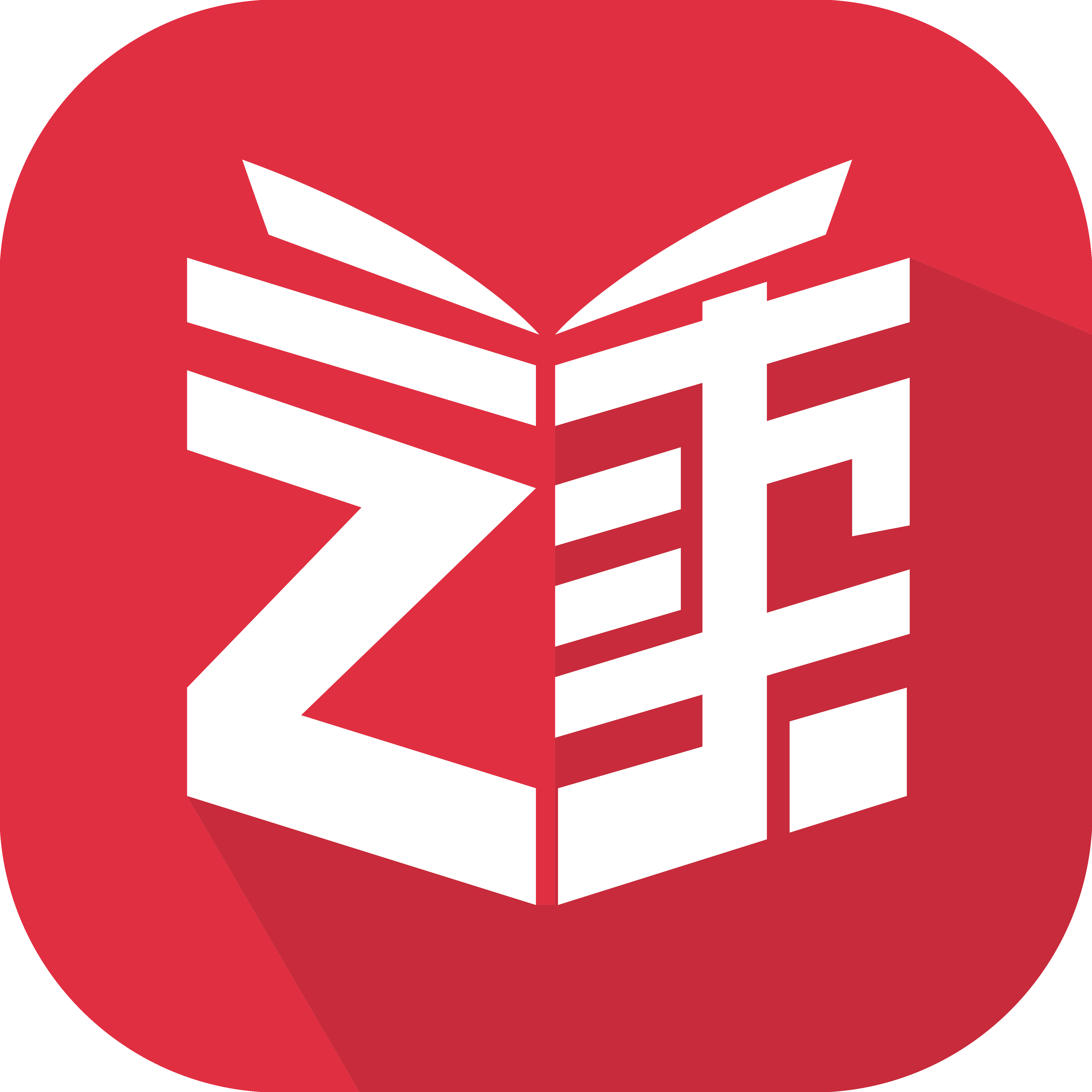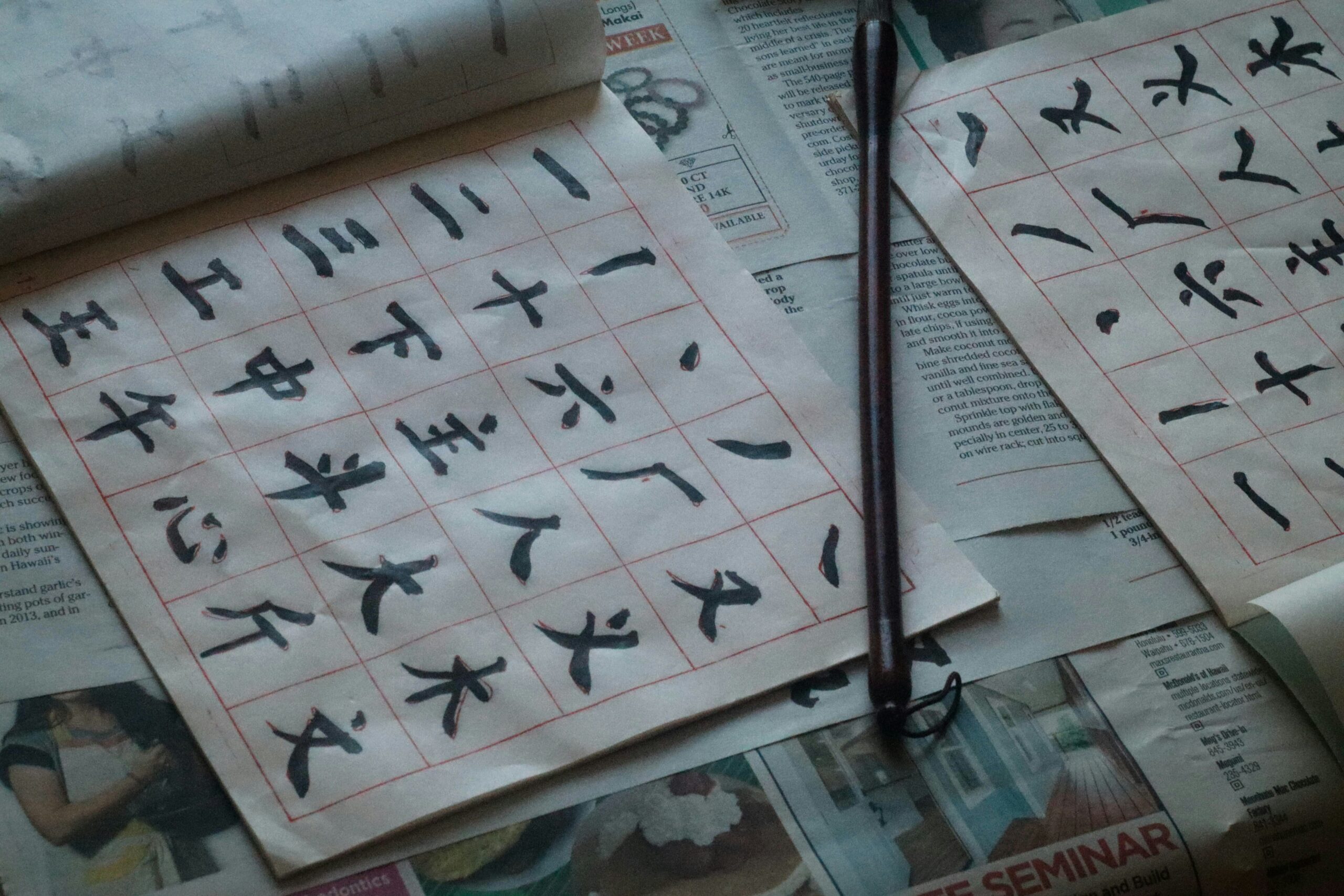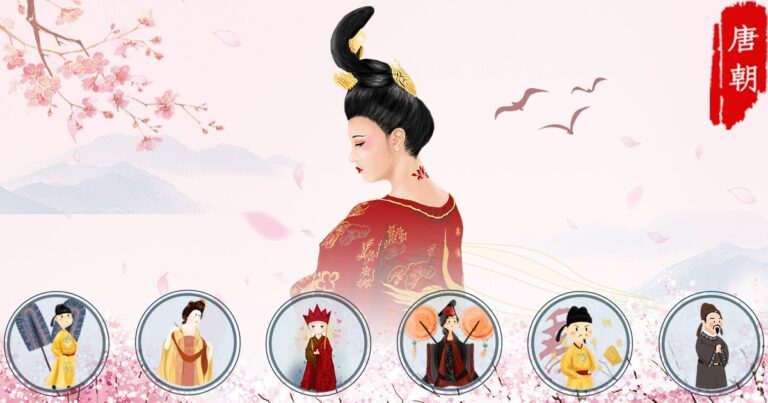The Best Way to Learn Chinese for Beginners
There are countless reasons to pick up Chinese, but its reputation as an extremely difficult language can be intimidating. Having the right knowledge and tools going in will help you find the best way to learn Chinese.
What you need to know to get started:
Because Chinese is so different from most Western languages, getting a lay of the land is probably the most crucial step to take towards getting started with Chinese. Here are some important concepts to unpack that will help you understand what’s to come and tackle Chinese in a way that makes sense to you.
Mandarin vs. Other Chinese Dialects
As strange as it may sound, it’s not uncommon for people to try to pick up Chinese without fully understanding what language they’re learning right away.
“Chinese” is a blanket term that includes 10 major dialects spoken across China. Usually when people use the word “Chinese”, they’re usually referring to Mandarin Chinese. Mandarin is the officially sanctioned, standardized language used across China designed to overcome language barriers between dialects.
Many Chinese people learn Mandarin almost like a second language, and are likely to speak it with an accent. At the very beginning stages of learning Chinese, these accents can be difficult to understand. Mandarin is the dialect of Chinese that will allow you to communicate with the most people and also the language that almost all Chinese is written in.
Chinese Characters (汉字)
Chinese characters are the most interesting and most challenging part of the language, but understanding how they work is the first step towards mastering them.
While they can be intimidating at first, there is plenty of logic and depth to Chinese characters. Learning about how characters work can take some time, but eventually they become predictable and full of information. After enough study, it’s possible to get to the point where you can guess the meaning and pronunciation of characters you’ve never seen before. Diving into radicals and stroke order can help you pick up on this useful information as you go, instead of having to retrace your steps later.
Also, Chinese characters come in two varieties: simplified and traditional. Simplified Chinese characters are generally much easier to write and have fewer strokes, at the cost of sometimes containing less information, while traditional characters offer more information but are more difficult to write. Simplified characters are used in Mainland China, Singapore, and Malaysia, while traditional characters are used in Hong Kong, Macau, Taiwan, and often in traditional Chinese communities abroad. Which character set is right for you comes down to personal preference.
Pinyin (拼音) and Tones (声调)
Pinyin is the official system used to write the pronunciation of Chinese characters with the Latin alphabet. Pinyin allows you to look at the character “我” in a dictionary and see its pronunciation in writing: “wǒ”. When getting into Chinese, it’s important to first spend some time with Pinyin so you can understand its rules for spelling and pronunciation.
Another piece of the puzzle is tone. Chinese tones can be the most difficult part of learning Chinese to many people. While it might be easy to write them off as a slight nuance or accent, ignoring tones at the beginning stages can make it difficult to develop an authentic accent later on. Understanding the importance of tones and how they work before beginning your studies can save you a lot of time and energy.
Setting a Course and Finding Tools
After getting a hold on the basics of Chinese, it’s important to introduce some structure into your study plan. Nowadays, there are more tools than ever at your fingertips, here are some suggestions:
Whereas before using a Chinese dictionary would’ve been a skill in and of itself, nowadays digital dictionaries make the process of looking up words easier and faster than ever.

While there are many dictionaries available online, the app Pleco is one of the most common. It’s loaded with tons of features like text-to-speech, handwriting recognition, OCR, stroke order, flashcards and more.

Traditional textbooks: Integrated Chinese
Traditional textbooks have been trusted by schools for decades and provide plenty of structure and direction for new learners. If you’re learning on your own, you still might want to supplement your learning with some of the other tools on this list, but with the right combination of resources, textbooks can serve as a great guide on your language learning endeavors. One of the more common series of textbooks used in the U.S. is Integrated Chinese.
Platforms like Skritter and Hack Chinese help you attack vocabulary in a structured way by organizing words according to topic and language level. These platforms can be a great way to track your progress and stay organized.


Traditional language learning apps are great for finding structure and fun when first picking up any language. For an experience more tailored for Chinese, we recommend Hello Chinese and Ninchanese. Duolingo is also a great choice!
Language exchange apps such as Hellotalk are relatively new, essentially taking the concept of a pen pal and expanding it to be a social media platform. Like with any social media or online interaction, online safety is important.

Apps like this allow language learners to interact with native Chinese speakers and be exposed to Chinese as it’s spoken in the real world. Real time translation tools and text-to-speech allow even beginners to start interacting with the people and culture of China through posts, group chats, and calls.
Online or exchange courses
Of course, language learning doesn’t have to be something you do on your own. There are tons of amazing platforms out there that offer everything from online courses to exchange programs in China, all tailored to your personal needs and goals. Our personal recommendations include Silk Mandarin, Go East, and That’s Mandarin.
Setting a Course and Finding Tools
Du Chinese is a great place to find tons of Chinese articles curated to match your Chinese level, but if you’re brand new to Chinese, here are some tips to get the most out of the app.
Stick to Newbie level articles
Our articles and stories are written according to a leveling system, the easiest of which being “Newbie”. Anything written at this level was carefully written to be at the HSK 1 level, meaning these articles will sync up nicely with your vocab and grammar study if you decide to follow the HSK guidelines.
Read our Newbie courses
Unlike our articles and stories, Du Chinese courses are specifically tailored to increase in complexity gradually and reinforce vocabulary over time. Starting at Newbie Course 1 and working your way through course 4 in order will provide the most structured and tailored experience for beginners.
General tips, tricks, and strategies
When reading an article, get the most out of Du Chinese by using the pop-up dictionary to check Pinyin and definitions, listening to the audio to hear native pronunciation, and saving new words to review later with our flashcards. Du Chinese offers a lot of freedom and lots of content to explore, but it’s best to start small in order to maintain structure. Our flashcard feature in particular is essential for keeping track of new vocabulary.
Have fun with Chinese!
While there may be a lot to get familiar with when you’re first getting started with Chinese, learning the language can be truly rewarding and deeply interesting. Just like with anything else, being equipped for the job is the best way to learn Chinese. Familiarizing yourself with the broad strokes of the language, then building your arsenal with the proper tools will allow you to enter into Chinese confidently and get the most out of a rich and beautiful language! If you liked this look into the best way to learn Chinese, check out Explore Chinese to read more!







